NASA has released images of a giant "potentially hazardous" asteroid after it flew close to Earth.
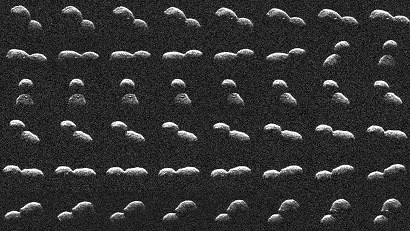 |
| Asteroid named 2024 ON. (Source: Live Science) |
NASA scientists have released fascinating images of a “potentially hazardous” asteroid dubbed 2024 ON, which flew past our planet on September 17. The images show 2024 ON looking like a strange, tumbling snowman.
Asteroid 2024 ON flew past our planet at a distance of 1 million kilometers – about 2.6 times the distance between the Moon and Earth. It was traveling at a speed of up to 31,933 km/h, about 26 times the speed of sound.
Images taken by scientists show that this skyscraper-sized asteroid looks similar to a peanut in its shell. That's because 2024 ON is actually two asteroids that were stuck together by their own gravity after they came too close to each other.
Asteroid 2024 ON is classified as "potentially hazardous," but it does not pose a danger to Earth in the near future, NASA said in a statement.
NASA considers any space object that comes within 7.5 million kilometers of our planet to be “potentially hazardous,” even if it doesn’t pose an immediate threat to Earth. That’s because if an asteroid’s orbit is altered—for example, by colliding with another asteroid—it could veer off course and hurtle toward Earth.
NASA tracks the positions and orbits of about 28,000 asteroids by scanning the entire night sky every 24 hours. The space agency has calculated the orbits of all near-Earth objects and believes that for at least the next 100 years, Earth will not face any potentially apocalyptic asteroid collisions.
Since its formation, the Earth has been continuously hit by meteorites and space rocks. Scientists believe that such impacts from outer space play a very important role in bringing water to Earth.
Life on Earth has experienced several mass extinctions, but the one definitely linked to a meteorite impact was the Cretaceous-Paleogene extinction event 66 million years ago, which resulted in the extinction of about 76% of animal species, including the dinosaurs.
At that time, a giant asteroid, about 10-15 km in diameter, hit the Yucatan Peninsula in Mexico, leading to a global catastrophe that ended the era of the dinosaurs. The collision created the Chicxulub crater, about 180 km wide and up to 20 km deep. This was a significant event in Earth's history.
Source: https://baoquocte.vn/nasa-tiet-lo-hinh-anh-cua-tieu-astroplanet-khong-lo-va-nguy-hiem-287463.html





![[Photo] Prime Minister Pham Minh Chinh chairs the first meeting of the Central Steering Committee on housing policy and real estate market](https://vphoto.vietnam.vn/thumb/1200x675/vietnam/resource/IMAGE/2025/9/22/c0f42b88c6284975b4bcfcf5b17656e7)


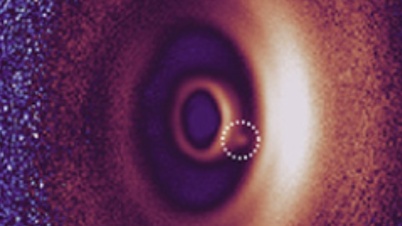




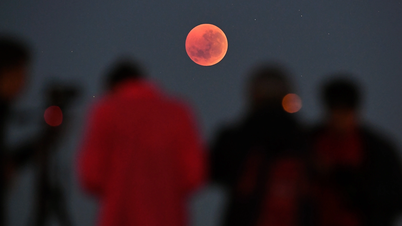























![[Photo] General Secretary To Lam presents the First Class Labor Medal to the Vietnam National Energy and Industry Group](https://vphoto.vietnam.vn/thumb/1200x675/vietnam/resource/IMAGE/2025/9/21/0ad2d50e1c274a55a3736500c5f262e5)
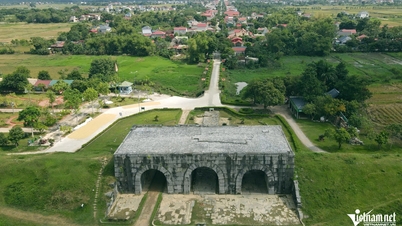


































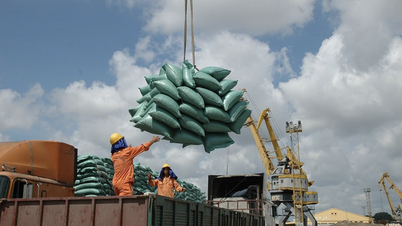



























Comment (0)